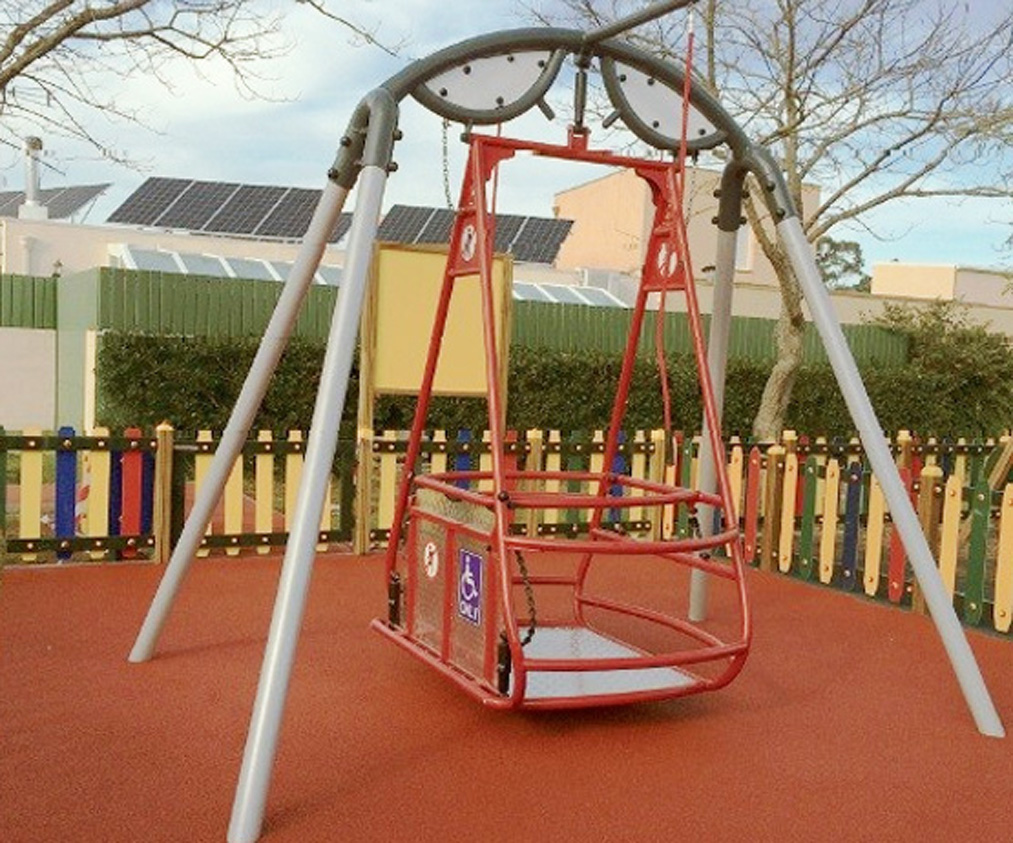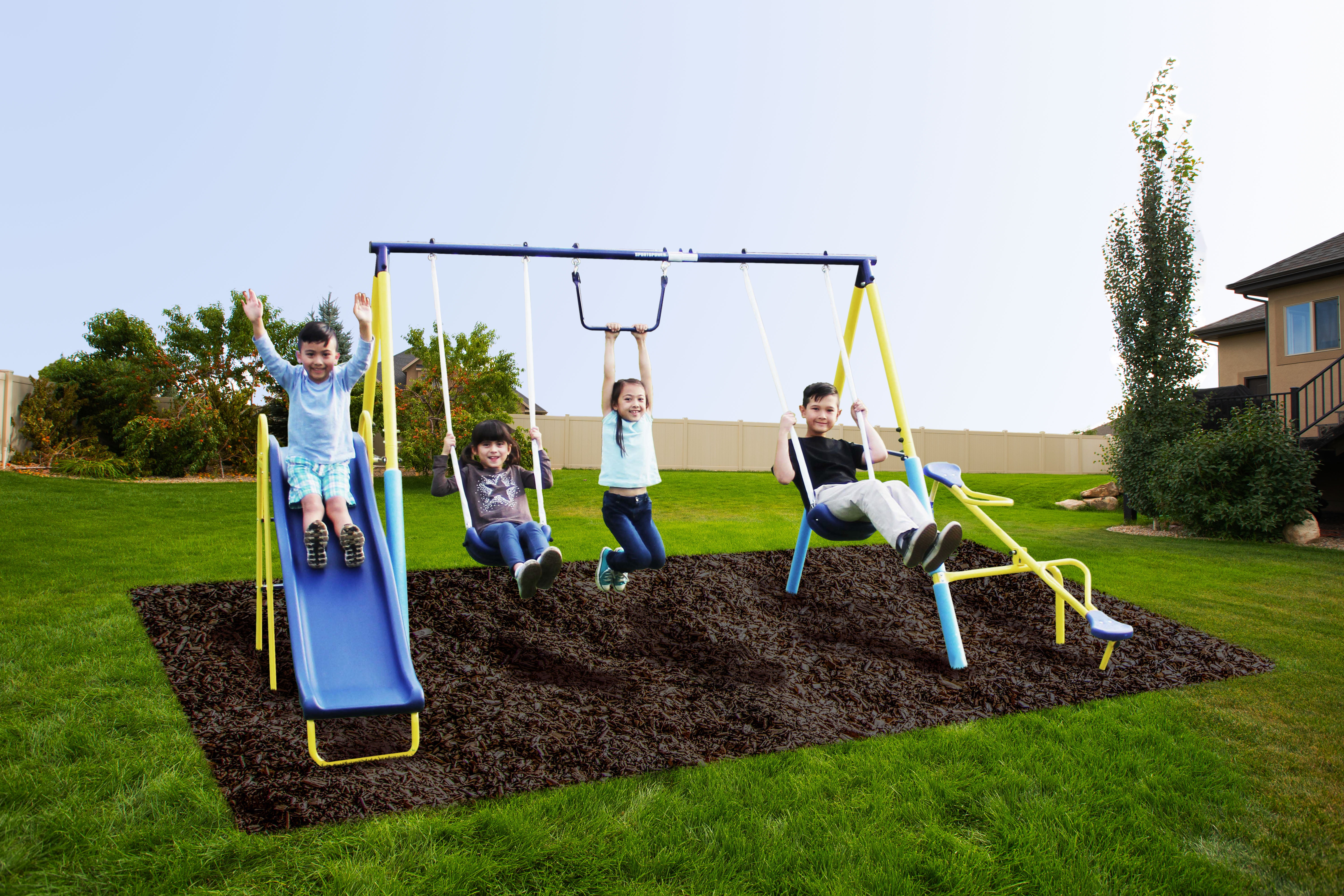

The collision happens if the objects' "colliders" are touching. To be clear, a physics check is checking where something is at a given time. So this check is done sixty times every second. Most first person games aim to run at 60 frames per second. If not, it will continue on its trajectory (usually adjusted for gravity and air resistance in some form). Essentially, each frame, the computer checks where an object is and what its velocity is, if it's in collision this frame it will calculate the new positions and velocities for the colliding objects on the next frame. We use physics to bounce objects around the room after an explosion or crash or whatever. PhysicsĪs I mentioned, the clash of blades can't be simulated in the player's input device (beyond a little vibration in the controller, maybe) but it's also quite difficult to truly simulate in the computer. So we can't get around input with currently available technology, but there are several other areas to improve upon to give us better sword fighting in games. If you watch the video look out for Gabe Newell's cameo! Sadly, even though it passed Kickstarter, Clang was later cancelled. So if the VR game let you wield a sword like Raiden has in Metal Gear Rising: Revengeance and never fight somebody with a similar weapon, then the experience would be very fun, but it wouldn't be a sword fighting experience, just a sword using one.Īt 1:43 in the video below these input problems are summed up very well, and humorously. A lightsabre or nano-blade can cut through anything supposedly, except for another blade. With that said, it could offer some neat experiences. This is why I don't think VR will improve sword fighting in games at all. In real life you might swing your arm all the way from upper right to lower left, but in the game your sword hits an opponent's armour, or blade, or a wall, and it stops! So your real arms are now in a different place to your game arms. You've immediately got another big disconnect in the experience.

The other problem with VR controllers would be the clash. A claymore (sword, not mine) or broadsword will have a lot more weight and momentum than a katana blade or fencing foil, so the controls will still feel wrong. They can't simulate the weight of your weapon, though. See the video below for Vive's controllers being used by a Disney animator to paint in 3D. The Oculus Touch or the HTC Vive's controllers would allow you to hold and swing somewhat realistically. Virtual Reality might have something to contribute here, but it brings its own problems. We tend not to notice this too much however as we're used to pressing a button in a game and seeing something happen, so this is fine in a way, but it is straight away a large disconnect between what you do in real life and what you can do in a game. It doesn't feel as correct to just click to do this. Your attack isn't the twitch of a finger, but a flick of the wrist, or a swing of the arms, or a kick. Well, holding and swinging a sword are easy enough to simulate, but not accurately. The noise of firing a gun can be physically painful too, and forgetting to turn the safety off is a concern, but where's the fun in simulating that?īringing sword fighting into games is an entirely different prospect, though, and it's miles behind its counterpart. In real life, it's actually quite difficult to load bullets into a clip (clip into gun is easier, but I feel Gordon Freeman would have fumbled once or twice in real life), and awkward enough to chamber a round in a bolt-action rifle. Usually we just hit a button and trigger a quick reloading animation.

The only parts of gun fighting in games that I think aren't represented are the kickback (yes I know recoil is often simulated, but it can't give you the pain and bruising in your shoulder that comes from firing a shotgun) and reloading. The click of a button or pulling of the Right Trigger on a controller feels analogous to pulling a gun's trigger. Going further into the realism side, games can also simulate what it's like to have to move to cover or work with a team in a fire fight. The physical impact and damage aren't part of your interaction.

With guns, the essential components are that you point and shoot. I've both been to the shooting range a couple of times (rare in Ireland) and taken fencing in college (and, of course, played countless games) so I feel a can compare both of the real experiences with the virtual to some worthwhile degree.


 0 kommentar(er)
0 kommentar(er)
